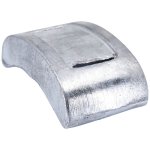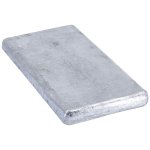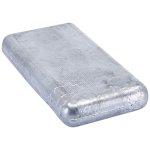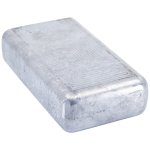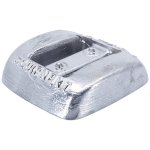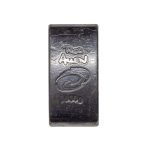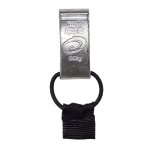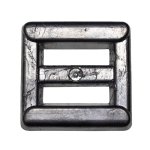Regardless of whether you're scuba diving, freediving or spearfishing, your configuration you will need a certain amount of diving weight. Lead dive weights are used to act against the buoyancy of other diving equipment, such as diving suits and diving cylinders. Luckily there are now many options to ensure that not only are you weighted correctly, but that the weight can be distributed effectively to improve your trim.
We sell Lead Block Ingot Weights for use in integrated weight pockets and pocket weight belts, and Slotted Lead Weights for standard weight belt configurations. We also have V-Weights to fit in the gap between the two cylinders of a twinset and provide non-ditch able ballast right in your centre of gravity for excellent trim.
Lead weights are an important piece of equipment for all divers as they help you get below the water and obtain the neutral buoyancy required for Scuba Diving, Freediving, and Spearfishing.
For help as to how to figure out how much lead you need, please see The Scuba Doctor's Perfect Scuba Diving Weighting guide.
Here is a typical Material Safety Data Sheet (MSDS) for lead weights (PDF, 3 pages, 6Mb).
Technical Tip
Affixing Dive Weights
There are various ways in which weights can be affixed securely to your dive weight belt.
- Weight clips are excellent to use for securing dive weights and are easy to adjust when removing or adding weights. Clips should be placed on each side of the weights where slippage is undesirable. At least one weight clip should always be placed in front of the weight nearest to the excess end of the weight belt to prevent all weights from slipping off the belt.
- On classic slotted block dive weights you can put a half twist in the belt as it's threaded through the weight. This will prevent slippage as well as making it easy to change or move weights at a later date.
- Two slot plastic or metal, plain or serrated weight retainers are also an excellent method of keeping dive weights in place.


